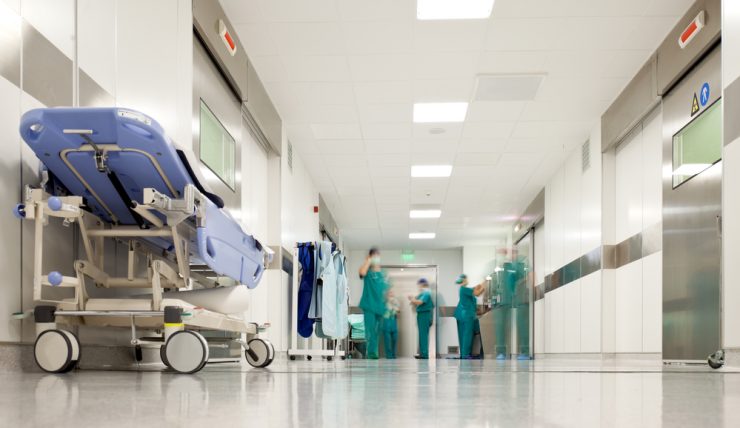Laparoscopy is the procedure of looking into the abdomen which helps the doctors in the identification as well as diagnosis of conditions like ovarian cysts as well as appendicitis.
An incision is made on the wall of the abdomen. Then the laparoscope will be passed to the abdomen. This laparoscope will help the doctor to look into the abdominal organs, take biopsies and even perform surgeries. The images that are captured by the laparoscope will be displayed on a television for monitoring the condition.
Laparoscopy is used for investigation of symptoms associated with pelvic pain, abdominal pain as well as any swelling around the pelvic or abdominal area.
Uses of laparoscopy
Any symptoms related to pelvis or abdomen can be diagnosed using laparoscopy, even though one may have to undergo an X-ray or scans like MRI or CT scan before. Laparoscopy helps the doctors to look into the organs which are present inside the pelvis and abdomen directly.
Laparoscopy is helpful in diagnosing the following conditions:
- Pelvic inflammatory disease
- Endometriosis where the lining of the womb is found in other body parts.
- Ovarian cysts
- Ectopic pregnancy as well as
- Appendicitis.
Laparoscopy is used for performing the following surgeries:
- Removing the gall bladder
- Removing the appendix
- Removing the endometriosis patches
- Removing of intestinal parts
- For performing sterilisation in females
- For treatment of ectopic pregnancy as well as
- For obtaining the biopsy for further diagnosis of cancerous conditions.
The performing of laparoscopy
The time taken for performing a laparoscopy depends on the cause of laparoscopy. It is normally an outpatient procedure. Because of this reason, a person can resume his daily routine after some days.
A person will be given general anaesthesia while performing laparoscopy. This puts the patient into an unconscious state. But in certain cases, the doctor may anaesthetise the patient using local anaesthesia. This will put the patient into a very mild sedating condition.
A catheter is inserted into the urinary bladder via the urethra to keep the bladder empty as the surgery is being formed.
An incision is made below or above the belly button and a thin needle is passed through this incision. Then carbon dioxide is pumped to the abdomen for the inflation of the abdominal wall as well as for separation of the organs.
A second incision is made through which the laparoscope is inserted. The point of the second incision depends on the cause of laparoscopy.
It can be used while performing other surgeries to monitor the conditions in a real time way.
Once the procedure is completed, the cuts are sutured after the carbon dioxide is let out. The wound is then given a sterile dressing.
Complications
In normal cases, only minor bleeding occurs after performing laparoscopy. But in certain cases, the following damages may be incurred:
- The blood vessels or intestines getting damaged accidentally
- A very small risk associated with anaesthesia like slow recovery or any allergic reactions.
- The incision may develop infections. In such cases, antibiotics must be used on doctor’s advice.
- In rare cases, the nerves present in the pelvic region may be damaged which leads to lower libido.







